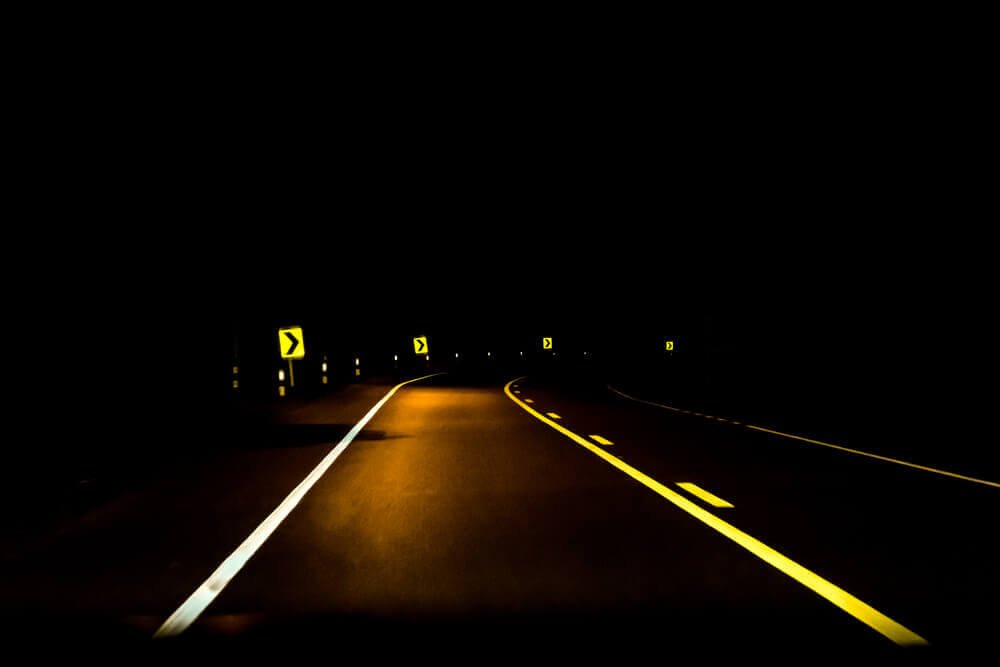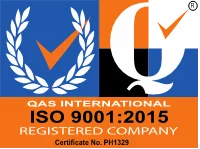Road accidents can happen anywhere in the Philippines. In 2019, the Metropolitan Manila Development Authority reported 121,771 road accidents in Metro Manila alone, while the World Health Organization recorded over 10,600 deaths in the Philippines related to road accidents in 2018.
Despite that many streets, roads, and highways follow the standards outlined by the government, accidents are still likely to happen. Thus, the appropriate government sectors and privately-owned roads must take steps to mitigate incidents and keep highways safe for motorists.
Here are just a few examples how highways can be made safer for motorists and drivers.
Invest in Quality Road Markings
We’ve covered the importance of road markings for drivers and pedestrians. On highways, it can regulate traffic, increase driver safety, and improve night-time visibility as well as during weather like heavy rains or fog.
Well-marked roads are an investment for public and private roads. Quality road marking paint for highway roads, however, are an investment that can go the distance.

Lesser quality paints are prone to chipping and fading away faster. This means that, to keep your roads safe, you will have to exhaust more resources and close more road portions to re-apply paint after a number of years. Higher quality road marking paints, however, last longer and dry faster, meaning less downtime and less resources exhausted.
Establish Minimum and Maximum Speeds
Establish the minimum and maximum speeds allowed by different types of vehicles and then put road signs to remind drivers of these limits. Minimum speeds are required on the highway as there is a possibility of a collision in case a vehicle is driving much slower than the average speed on the highway.
On the other hand, maximum speed limits are necessary because of the dangers of speeding. According to TopGear, it takes 50 meters for a loaded SUV to come to a full stop while going 100 kilometers per hour. If one were to speed at 160 kilometers per hour, it can take over 100 meters (or around 20 car lengths) to stop. This is why the average speed limits in highways and expressways are much lower than this to prevent accidents.
Set Up Emergency Bay Points
Create designated emergency bay points within the highway in case a driver experiences an emergency that requires them to stop. Without these, it can be difficult to pull up to the side of the road (especially in narrow roads) and can cause traffic or congestion, which can lead to an accident.
Distance the emergency bays within a fair distance from each other so that motorists can easily access the next emergency bay in case of an emergency.
Make Emergency Numbers Readily Available
Put signs informing the motorists of the hotline number for the Highway Patrol Group or expressway patrols on the emergency bay, highway entrance, and other key locations along the highway. This is to ensure that, in case of an emergency, they can quickly call for help and can be assisted. The sooner they are handled, the less likely there will be an accident because of their emergency.
It is important for public and private roads to be safe for motorists and minimize the risks of an accident. These are just some of the steps that can be taken to ensure the safety of everyone on the road.
Rua Seguridad is the industry leader in quality road marking equipment and thermoplastic road paint. We’ve helped mark some of the biggest roads, highways, and expressways across the country, and we take pride on our legacy for having a hand in some of the country’s most notable public works projects.
Contact us today to receive a quotation.



